Don’t Give Up on Cheese! A Practical Guide for the Lactose Intolerant
I’ve spent more than two decades behind a cheese counter, and I’ve seen the same look on countless faces. It’s that mix of pure longing and deep regret. Someone will gaze at a beautiful wheel of aged cheese and sigh, “I wish I could. But I’m lactose intolerant.” It feels like a life sentence, doesn’t it? An end to enjoying one of the world’s most amazing foods. Well, I’m here to tell you it absolutely doesn’t have to be that way.
In this article
My job has always been more than just selling cheese. It’s about understanding it, from the farm to the aging cave and onto your plate. And what I’ve learned is that being lactose intolerant doesn’t mean you have to avoid all cheese. It just means you need to know the right ones to choose. The secret isn’t in some special milk; it’s all in the timeless craft of cheesemaking and, most importantly, aging.
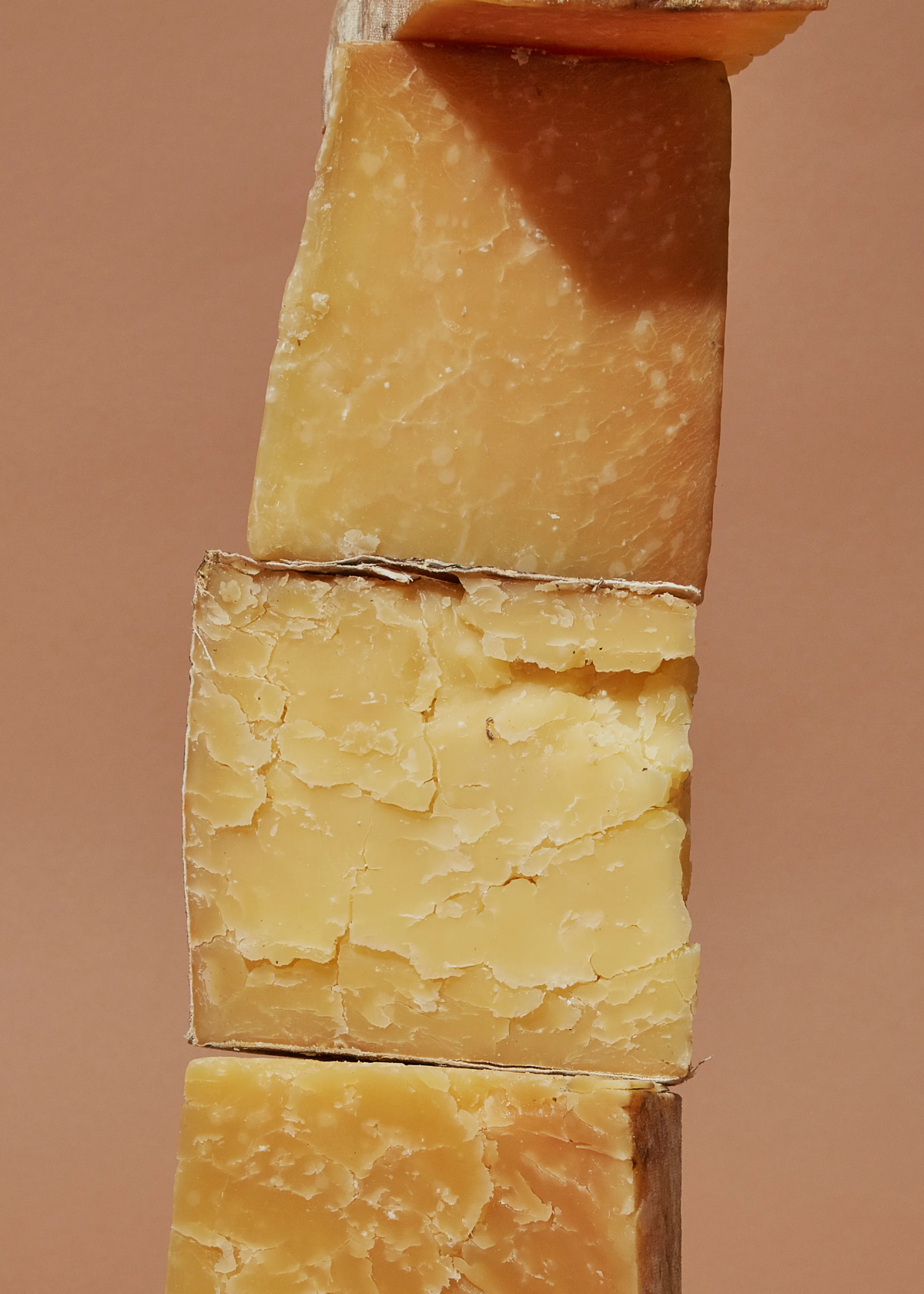
Now, a quick but critical heads-up: this is not medical advice. A true milk allergy is a whole different ballgame from lactose intolerance and means you have to avoid all dairy, period. You have to know your own body. But if you have a mild to moderate intolerance, a little knowledge can unlock a world of delicious cheese you thought was off-limits.
The Magic Trick: Where Does the Lactose Go?
So, why can you eat certain cheeses? First, let’s quickly break down what lactose even is. It’s just the natural sugar in milk. To digest it, your body needs an enzyme called lactase. If you don’t have enough, that undigested sugar causes all that bloating and discomfort we know and hate. The good news? The cheesemaking process is basically a lactose-removal machine.
It happens in two key stages:
1. Draining the Whey
When you make cheese, you separate the milk solids (the curds) from the liquid (the whey). Lactose is water-soluble, which means it loves to hang out in the liquid. So, when the cheesemakers drain off all that whey, a shocking 90% of the lactose goes right down the drain with it. Hard cheeses get pressed with immense force, squeezing out even more whey. This is the single biggest step in getting rid of lactose.

2. Aging (The Real MVP)
That tiny bit of lactose left in the curds gets taken care of next. The starter cultures—the living bacteria added to the milk—get to work. Their job is to eat the remaining lactose and convert it into lactic acid. It’s a fermentation process that not only preserves the cheese but also gives it that delicious, tangy flavor.
And this is the golden rule: the longer a cheese is aged, the more time these little bacteria have to eat up all the lactose. By the time a cheese has been aged for a year or more, its lactose content is practically zero. It’s been completely gobbled up.
The Cheesemonger’s Hit List: Cheeses You Can Actually Eat
Okay, let’s get to the good stuff. Here’s a practical guide to the cheeses that are generally well-tolerated, from the absolute safest bets to ones where you might want to start small.
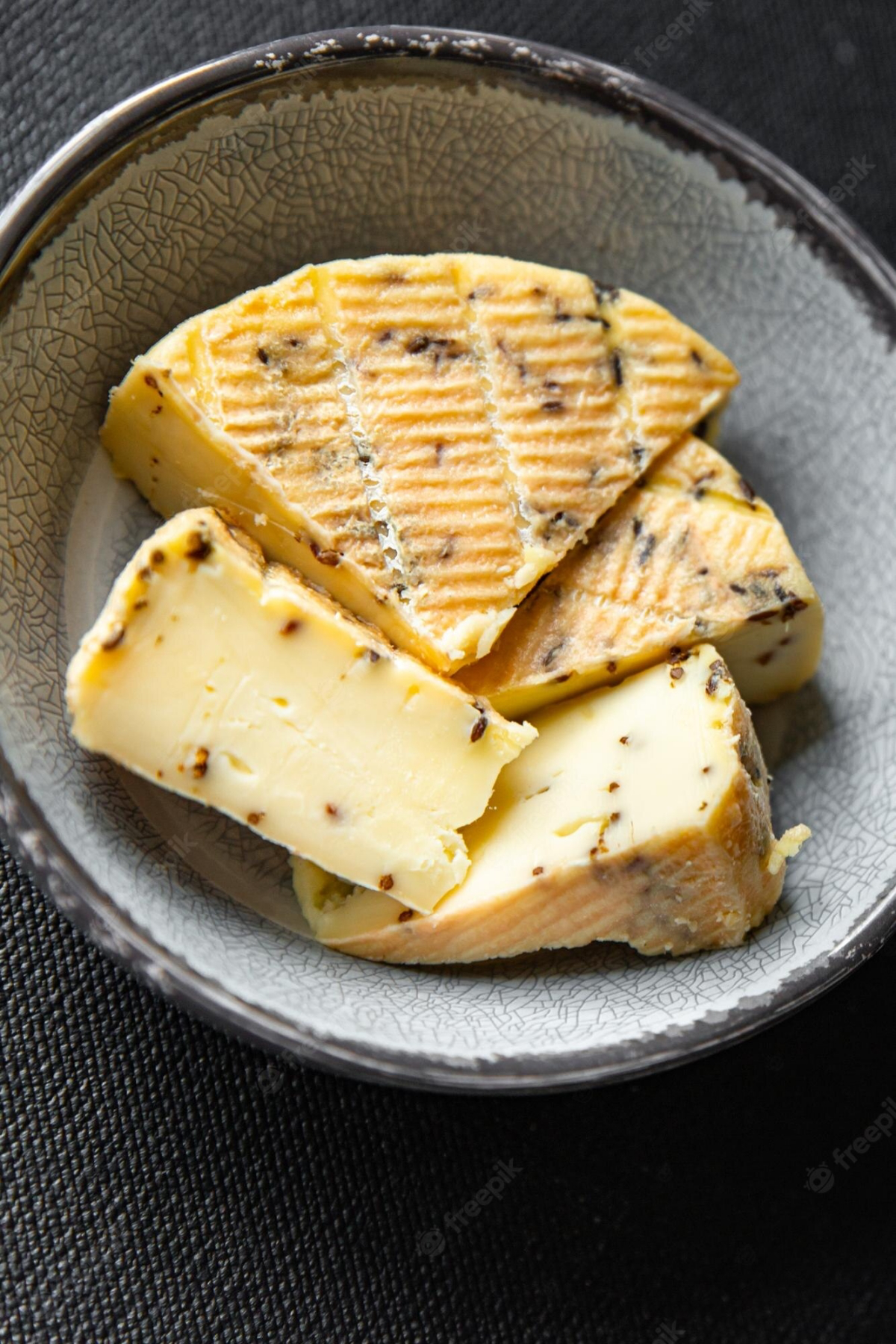
The Safest Bet: Hard, Aged Cheeses (Basically Lactose-Free)
These are the champions for anyone with lactose intolerance. Their super-long aging times and low moisture content mean the lactose has been all but eliminated. A typical serving here is going to have next to nothing.
- The King: True Parmesan. A classic for a reason. Real Italian Parmigiano-Reggiano, aged for two years or more, is functionally lactose-free. It has a salty, nutty flavor and often has little white crunchy bits inside. By the way, those are called tyrosine crystals, and they’re a sign of a well-aged, low-lactose cheese!
Heads up: The real deal can be pricey, often running $20+ per pound at a specialty shop. For a more budget-friendly option, look for domestic Parmesan-style cheeses that clearly state they’ve been aged for over 12 months. - Aged Cheddar. I’m not talking about the mild, soft block of cheddar from the dairy aisle. You want a proper, crumbly aged cheddar that’s been matured for at least 1 to 2 years. These are sharp, complex, and incredibly flavorful. You can find excellent options from brands like Cabot or Tillamook at most supermarkets—just look for their “Extra Sharp” or vintage varieties with an age statement on the label. Expect to pay around $10-$15 per pound.
- Aged Gouda. Forget the soft, red-waxed stuff. Aged Gouda is a different beast entirely. It’s hard, brittle, and has this amazing butterscotch-like sweetness. It’s another one that develops those delightful flavor crystals. You can find this in well-stocked supermarkets like Trader Joe’s or at any cheese counter.
- Pecorino Romano. This one is a common source of confusion. People often think sheep or goat milk cheeses are naturally lactose-free, but that’s a myth—all mammal milk has lactose. However, Pecorino is a hard, salty, and aged sheep’s milk cheese, so the process removes the lactose. It’s a safe bet and fantastic for grating into pasta sauces.

Good Options: Semi-Hard & Interesting Cheeses (Very Low Lactose)
These cheeses are typically aged for shorter periods but are still fantastic choices for most people. The lactose levels are very low, but maybe not quite zero.
- Traditional Swiss (Emmental). The classic holey cheese! Those holes are formed by a second fermentation process where bacteria eat the lactic acid (which came from eating the lactose). It’s a double whammy that ensures any leftover lactose is long gone. It’s got a mild, nutty, buttery flavor and is widely available.
- Aged Provolone. We’re talking about the firm, sharp kind (often labeled ‘piccante’), not the floppy deli slices. When it’s aged for four months or more, it becomes firm and pungent, making it a safe choice with a bold flavor.
- Aged Goat Cheese. While fresh goat cheese (chèvre) is a no-go, aged goat cheese is a fantastic option. Look for aged goat Goudas or hard, crumbly logs at specialty shops or places like Whole Foods. They have a tangy, earthy flavor and are very well-tolerated.

Heads Up: Common Mistakes to Avoid
To really set yourself up for success, you need to know the common pitfalls. I see people make these mistakes all the time.
Mistake
1: Trusting vague labels. Terms like “sharp” or even “aged” aren’t regulated. A cheese can be called sharp after just a few months. To be safe, you need to look for a specific age statement, like “Aged 1 Year” or “Aged 24 Months.” That’s your guarantee.
Mistake
2: Assuming all cheese from a ‘safe’ category is okay. Grabbing any block labeled “Cheddar” won’t work. A young, mild cheddar is very different from a 3-year aged one. The age is what matters most.
Mistake #3: Forgetting about processed cheese. Be really careful with American cheese slices, cheese spreads, and Velveeta-type products. They often have milk solids or whey powder added back in, which means they are packed with lactose. Always, always read the ingredients list.

Use With Caution: Softer Cheeses
This is where your personal tolerance really comes into play. These cheeses are younger and wetter, so they can have more lactose than their aged cousins. For many, a small piece is fine. My advice? Start with a tiny piece, about the size of a postage stamp, and see how you feel.
- Brie and Camembert. These soft, bloomy-rind cheeses are only aged for a few weeks. However, a high-quality, perfectly ripe one will have less lactose than a young, firm one. Quick tip: Gently press the side of the wheel. It should have a little give, like a ripe avocado. If it’s rock-hard, it’s too young and has more lactose.
- Blue Cheese. The mold that creates those beautiful blue veins helps break down sugars. But like Brie, these are relatively moist and young (aged 2-4 months). The flavor is intense, so you usually don’t eat a lot at once, which works in your favor. Start small.
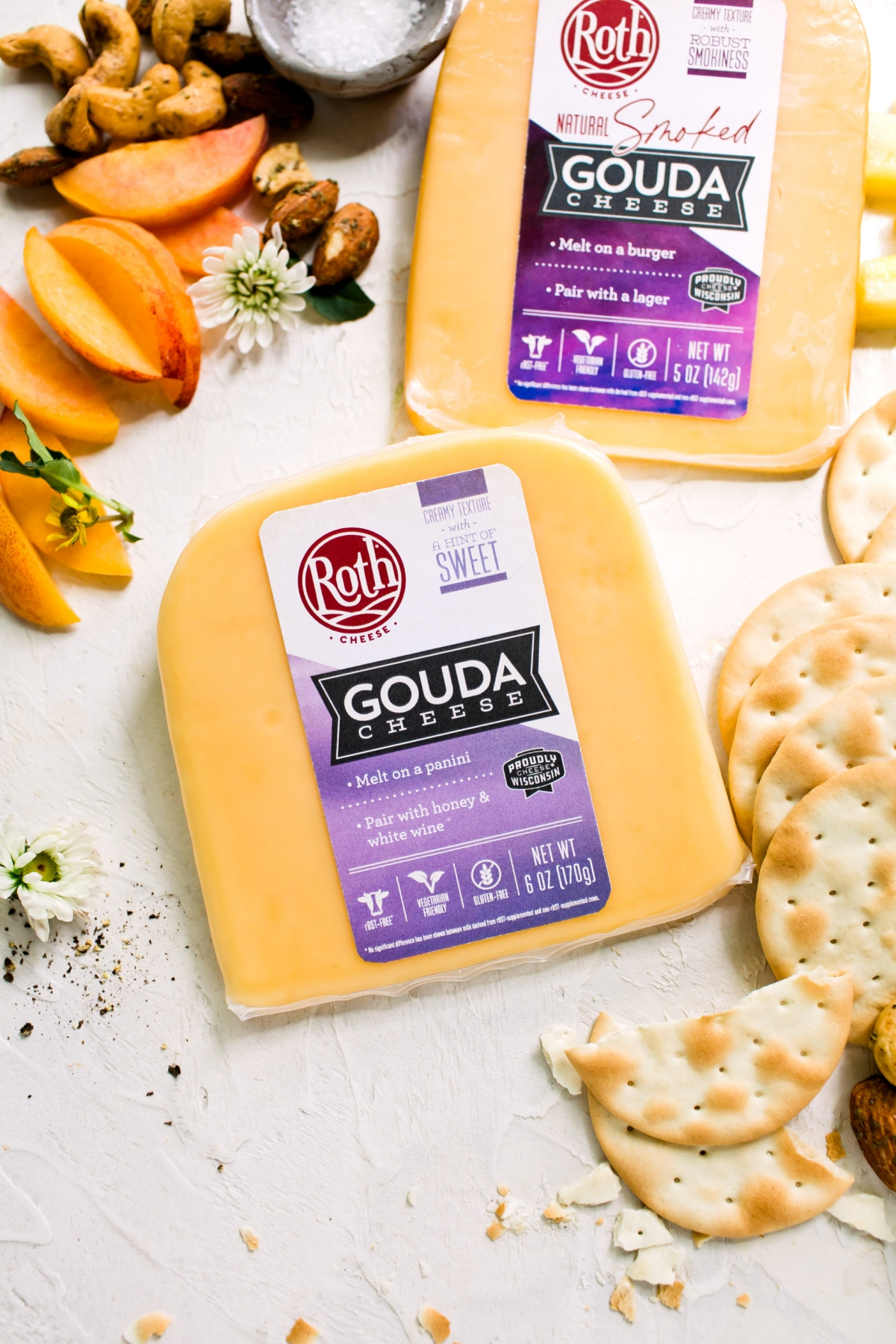
Cheeses to Flat-Out Avoid
Being honest here, some cheeses are almost guaranteed to cause trouble. Their whole point is to be fresh and moist, which means they hold onto their lactose.
This is the high-risk category: Ricotta (often made from leftover whey!), Cottage Cheese, Fresh Mozzarella (the soft balls in water), Cream Cheese, and Feta. It’s best to steer clear of these unless you’re using a lactase supplement and know your limits.
Your 7-Day Cheese Reintroduction Challenge
Ready to try? Don’t just dive into a fondue pot. Let’s do this methodically to find your personal threshold.
Day 1: Head to a good supermarket or cheese shop and buy a small piece of 24-month Parmesan or a 2-year aged cheddar. Eat a small piece, about a half-ounce, on its own. Wait 24 hours and see how you feel.
Day 3: If you felt fine, try a slightly larger piece of the same cheese, or move on to a semi-hard option like a traditional Swiss.

Day 5: Feeling good? Now you could try a tiny piece from the “caution” list, like a ripe Brie.
Day 7: By now, you should have a much better idea of what your body is okay with! Keeping a little journal of what you ate and how you felt is a brilliant way to track your tolerance.
One Final, Crucial Warning: Intolerance vs. Allergy
I cannot stress this enough. Lactose intolerance is a digestive problem. A milk allergy is a serious immune system reaction that can cause hives, swelling, or even life-threatening anaphylaxis.
The advice in this article is ONLY for people with lactose intolerance.
The processes that remove lactose do NOT remove the milk proteins (casein and whey) that trigger allergies. All of these cheeses are dangerous for someone with a true milk allergy. If you’re not 100% sure which one you have, please see a doctor.
Finally, don’t be afraid to talk to the person behind the cheese counter. Tell us about your intolerance! We love to share what we know and can point you to the perfect, well-aged cheese in the case that’s just right for you. Cheese is a journey, and even with lactose intolerance, it’s one you can still absolutely enjoy. You just need the right map.
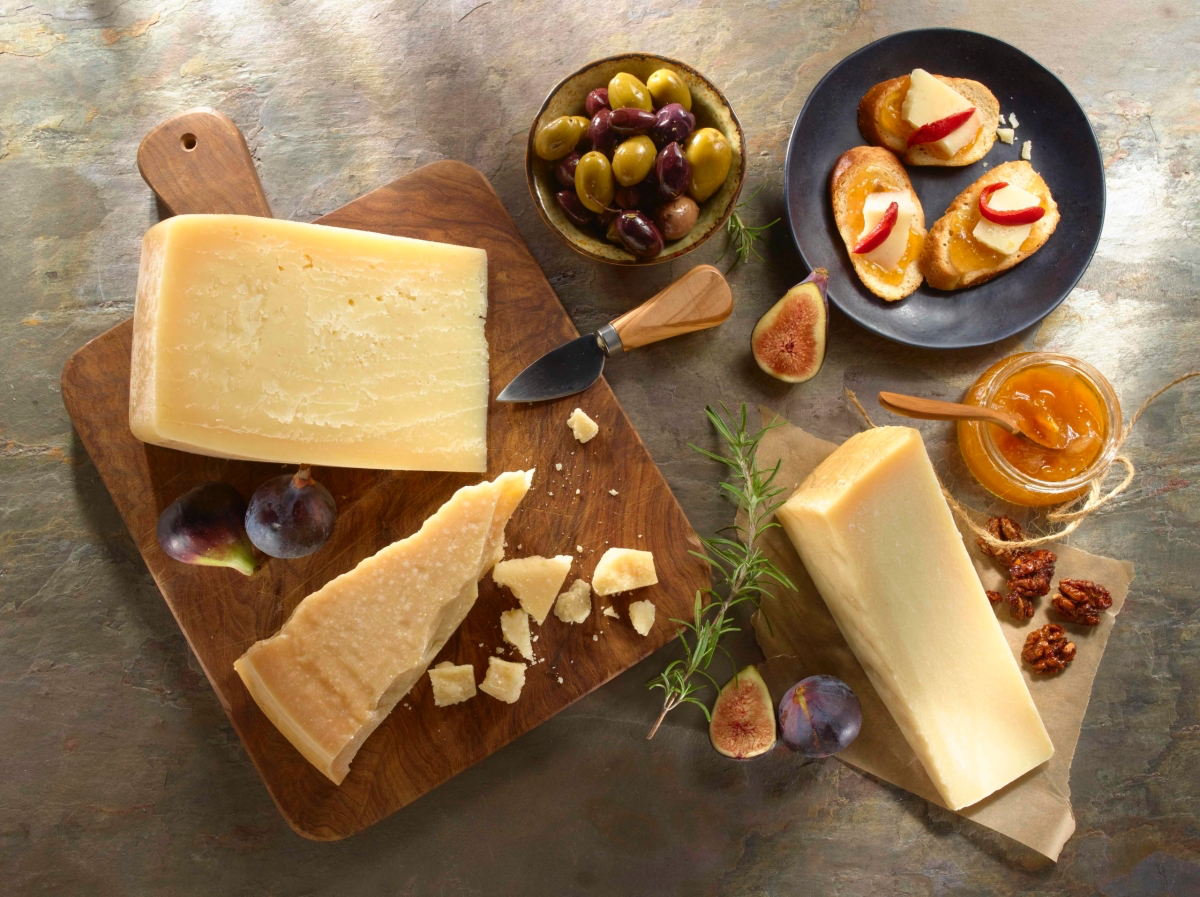
Inspiration:
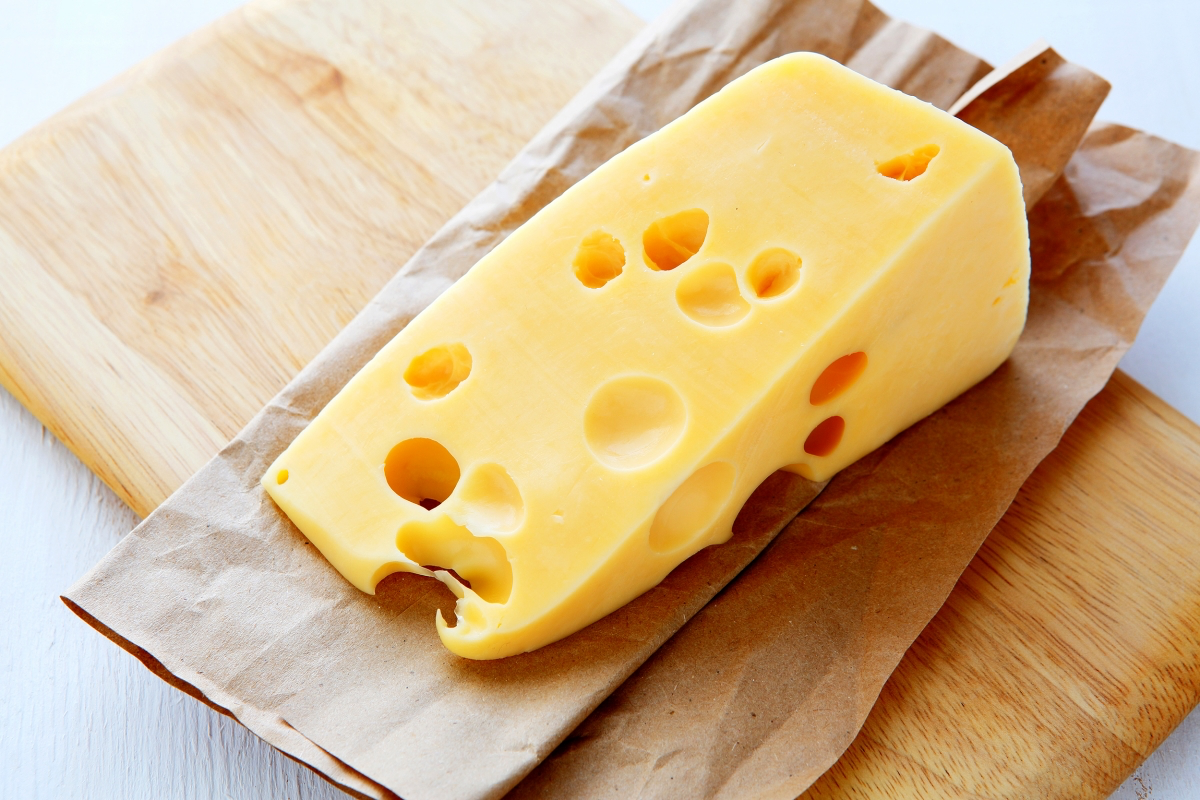

Ready to build your shopping list? Your safest bets are found in the
An estimated 68% of the world’s population has some degree of lactose malabsorption.
This widespread reality has fueled incredible innovation in the dairy aisle. If you’re craving the creamy texture of a soft cheese—typically a high-lactose trap—don’t despair. Look beyond the traditional cow’s milk section. Feta made from sheep or goat milk is often better tolerated. Even better, brands like Green Valley Creamery offer fantastic lactose-free cream cheese and sour cream by adding the lactase enzyme, giving you the real dairy taste without the digestive drama.










